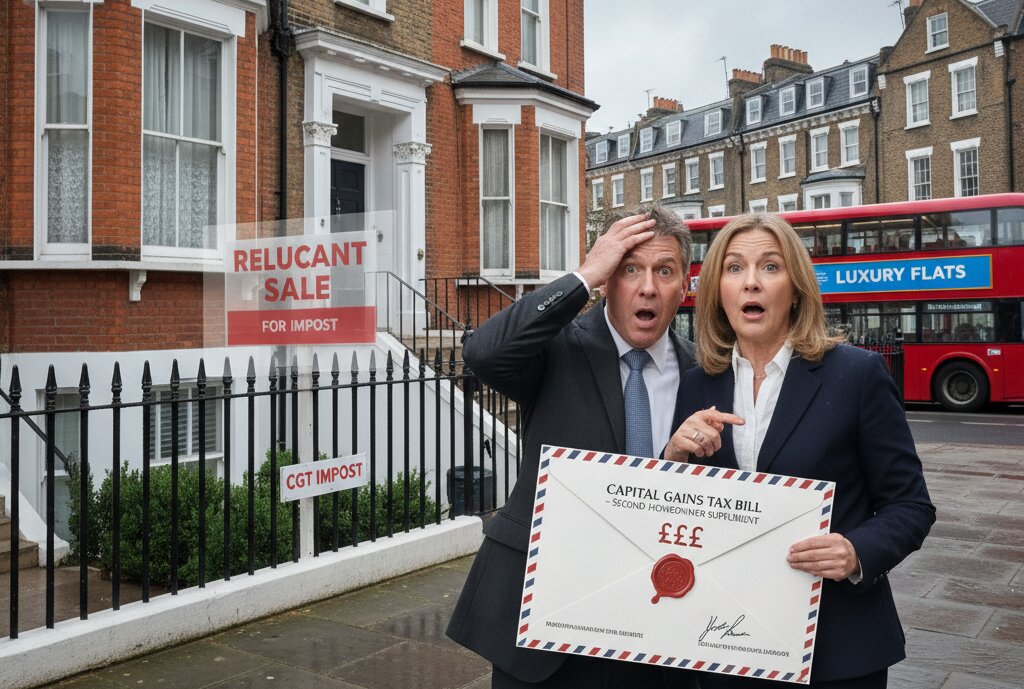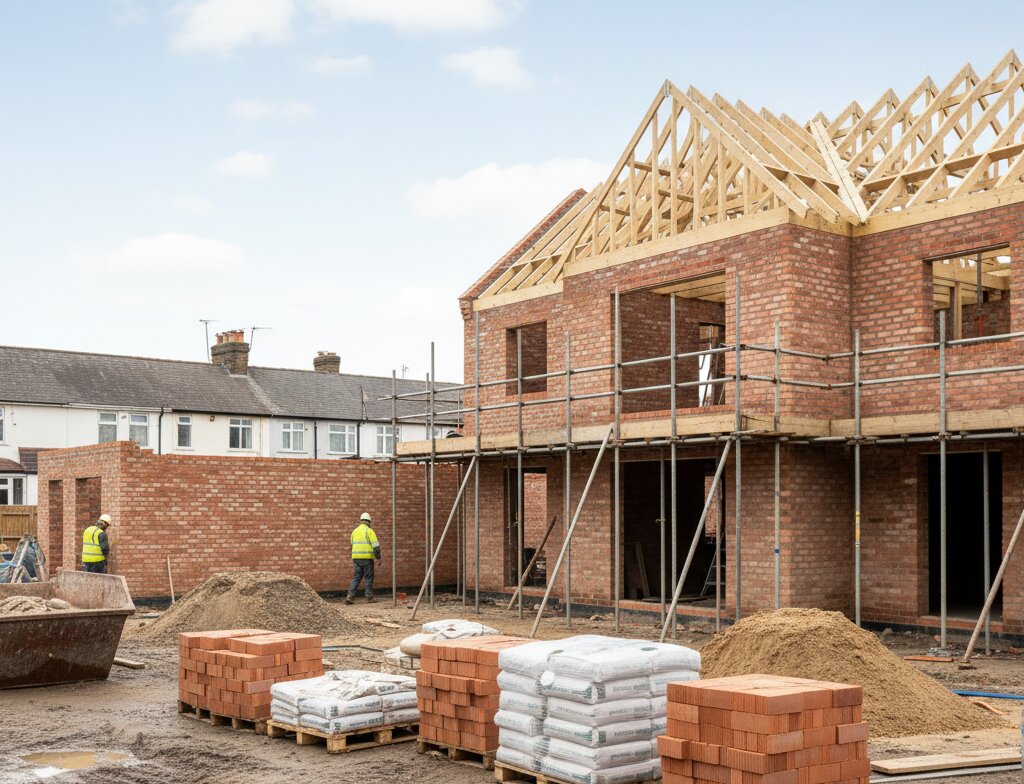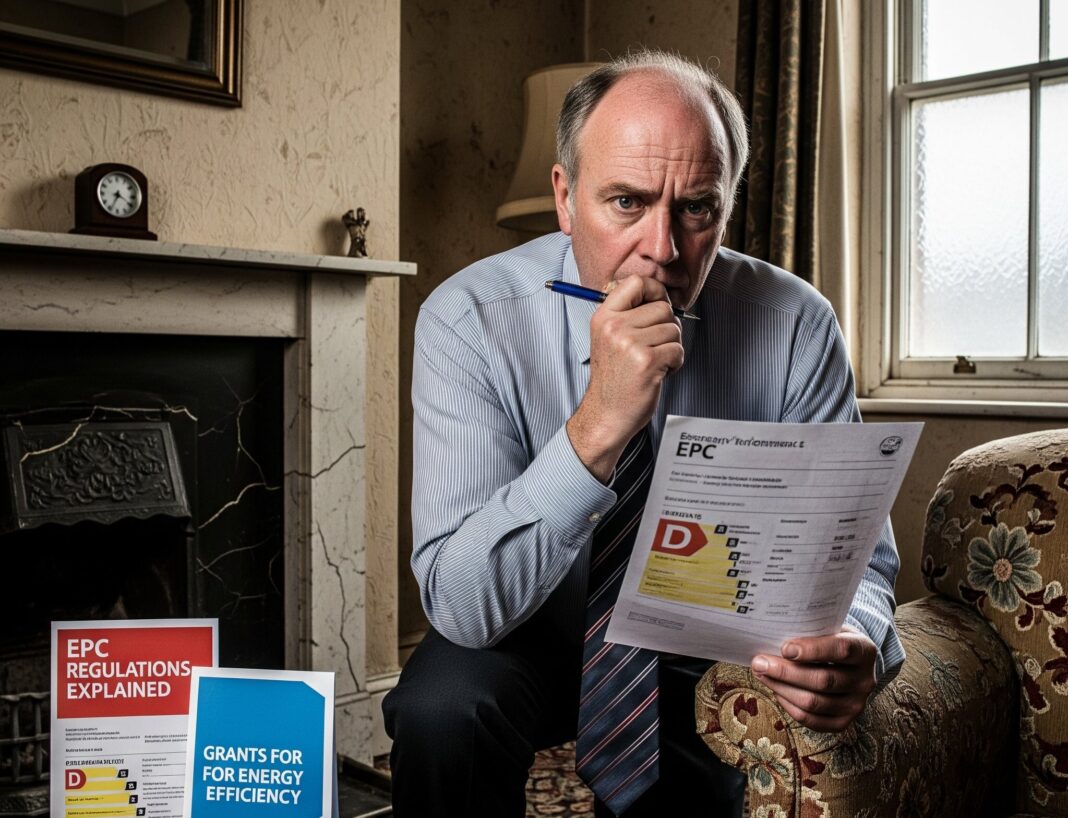Second homeowners in London face average capital gains tax (CGT) bills of more than £16,000 when selling up after a decade of ownership, according to new analysis from Enness Global.
The firm’s research shows that while the wider London market has recorded modest growth over the past ten years, rising property values in outer boroughs have left many investors exposed to significant tax liabilities.
In contrast, stagnation and price falls in prime central areas mean owners in some of the capital’s most prestigious postcodes are avoiding CGT altogether.
Enness Global’s study calculated potential CGT based on the average change in London property values since 2015, minus the £3,000 annual allowance and standard deductible costs such as stamp duty, legal fees, and estate agent commissions.
CGT NIGHTMARE
Across the capital, the average home purchased for £462,097 in 2015 would now sell for around £561,587 – an increase of £99,490. After allowable deductions of £27,966, this leaves £68,524 in taxable gains. For a higher-rate taxpayer, that equates to a CGT bill of £16,446, while a basic-rate taxpayer would owe £12,334.
Redbridge, Havering, Bromley, Bexley and Waltham Forest rank as the most expensive boroughs in which to be a second homeowner, with CGT liabilities ranging from £29,000 to just over £31,000. Each has seen sustained price growth over the past decade, pushing up potential tax exposure for those exiting the market.
By contrast, the capital’s prime districts have offered no such gains. In Kensington & Chelsea, average values have fallen by £75,546 since 2015, meaning sellers face no CGT bill at all. The same applies in Westminster, Hammersmith & Fulham, and the City of London, where prices remain below their mid-2010s peaks.
LOCALISED PAIN

Islay Robinson, Chief Executive of Enness Global, says: “Capital gains tax has become an increasingly significant consideration for property investors.
“While some areas continue to deliver long-term returns, those gains now come with a heavier tax burden.
“At the same time, falling values in prime postcodes have shielded many high-end owners from liability – a reminder that property performance and tax outcomes remain highly localised.”











